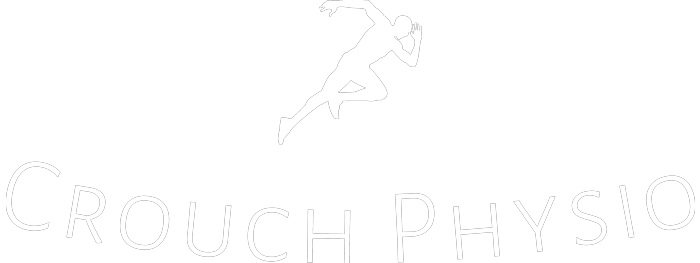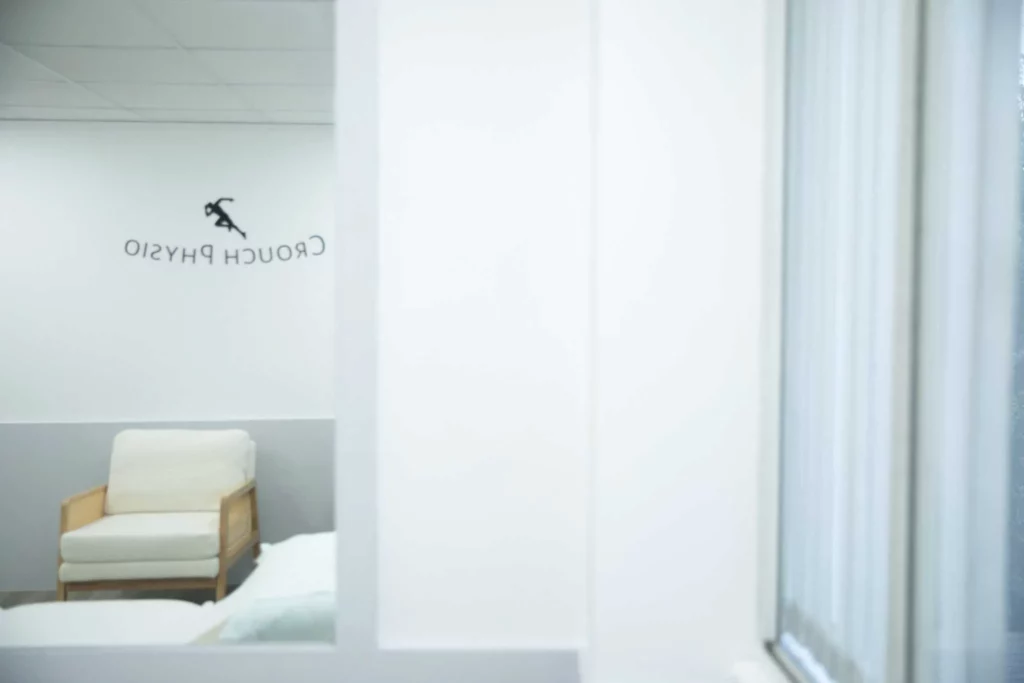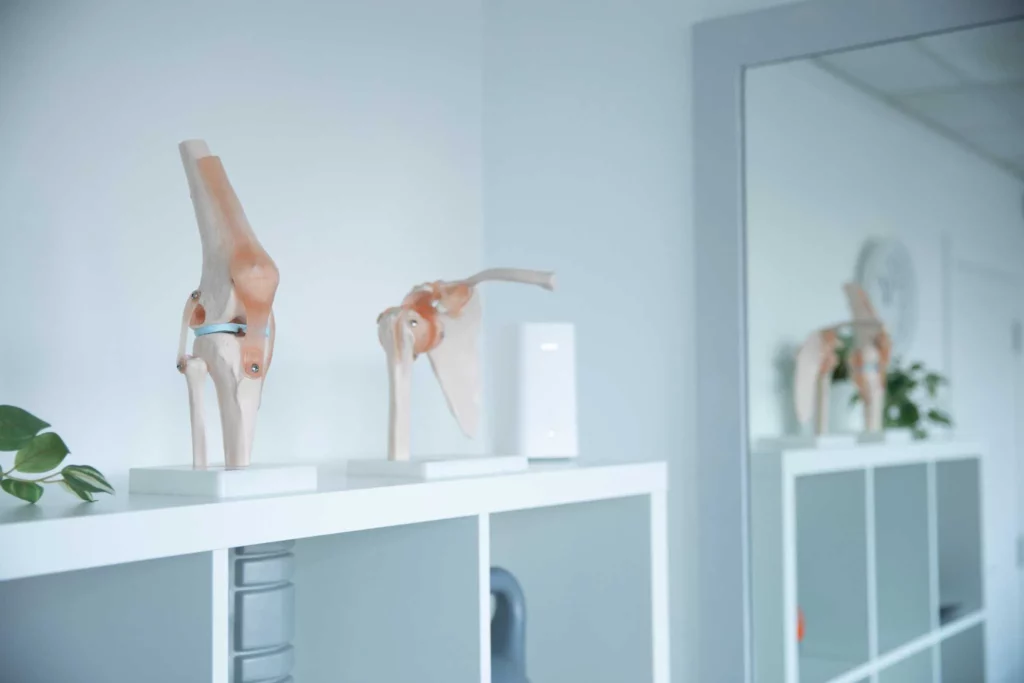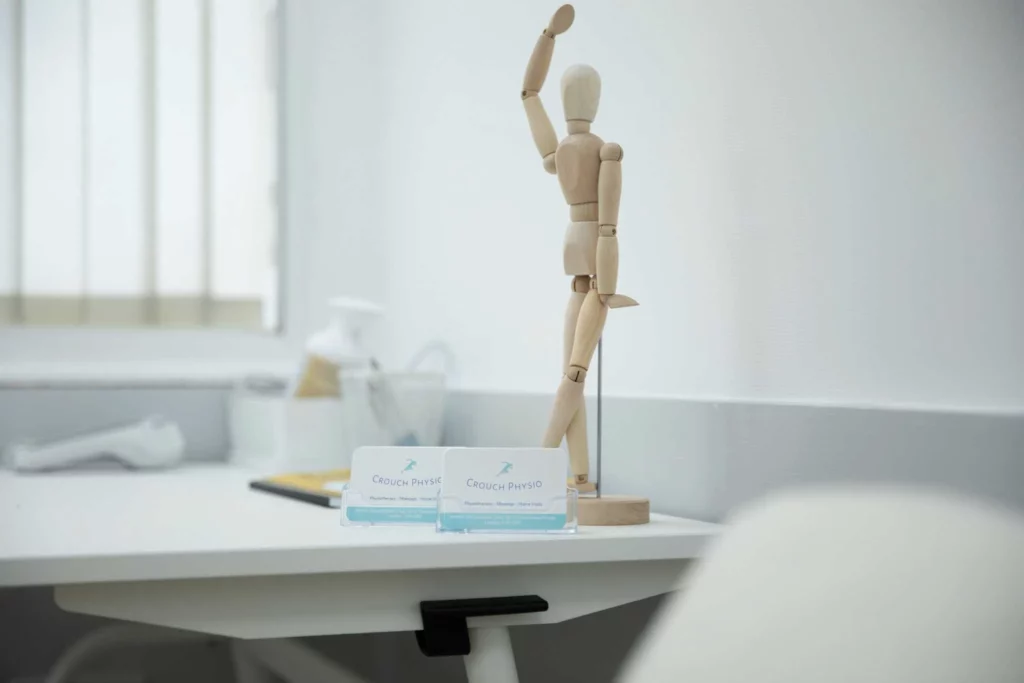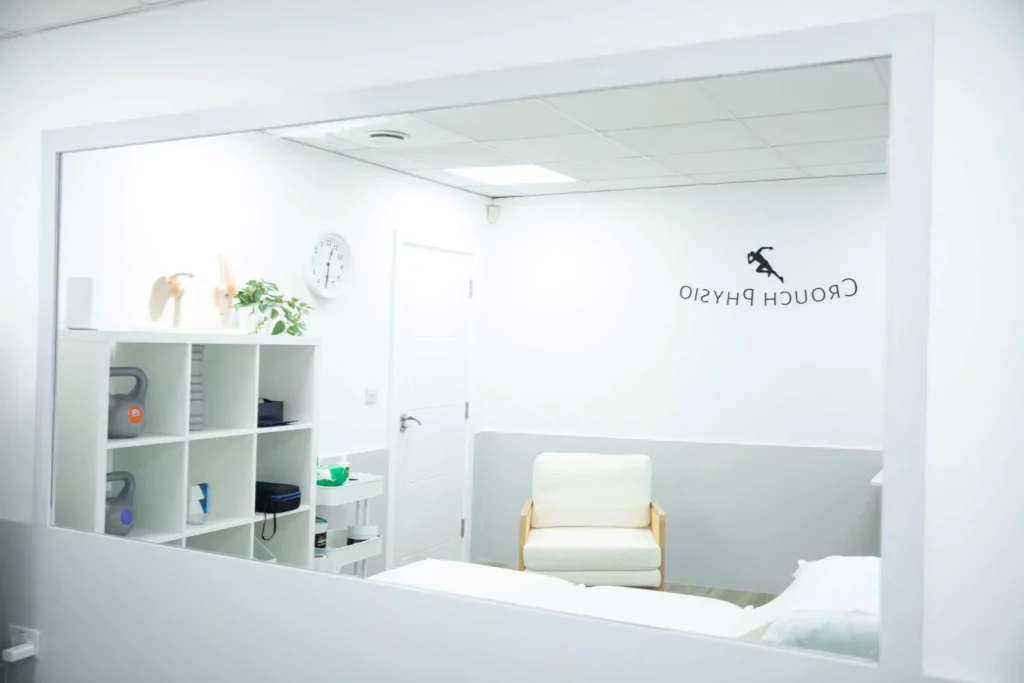Ever noticed your child slouching at the dinner table or hunching over their tablet like a tiny human question mark? Poor posture is common in children, thanks to long school hours, screen time, and even heavy backpacks. But here’s the good news: physiotherapy can help!
As a physio, I see plenty of children with rounded shoulders, forward head posture, and even little “banana-shaped” spinal curves from years of bad habits (1). Let’s break down how we assess posture and what we can do to help.
Assessing Posture: More Than Just a Quick Look
A proper posture assessment isn’t just about spotting a slouch and calling it a day. When a child comes in for a posture check, I look at:
• Standing Posture: Are the shoulders level? Is the spine straight? Are they leaning to one side?
• Sitting Posture: Do they collapse into a C-shape when seated? Is their head jutting forward?
• Movement Patterns: How do they walk, run, and bend? Do they favour one side?
• Muscle Strength & Flexibility: Tight chest muscles and weak back muscles? That’s a common combination.
• Daily Habits: I ask about screen time, school setup, backpack weight, and sports activities.
How Physiotherapy Can Improve Posture
Once we’ve pinpointed the problem, it’s time to get moving. Treatment is always tailored to the child, but here are some key strategies:
1. Strengthening Weak Muscles
Many posture problems stem from muscle imbalances, weak back and core muscles often struggle to hold the body upright (2). We focus on:
• Core exercises (planks, bridges) to build a strong foundation.
• Back strengthening (rows, resistance band work) to counteract slouching.
• Neck and shoulder exercises to combat forward head posture.
2. Stretching Tight Areas
Children who slouch often have tight chest, hip flexor and upper back muscles. Gentle stretching helps open up these areas and allows better alignment (3).
3. Posture Awareness & Ergonomics
We teach children how to sit, stand, and move correctly. This might involve adjusting their study setup (hello, standing desks!) and ensuring their backpacks aren’t overloading their spines (4).
4. Fun & Functional Movement
Physio isn’t just about lying on a mat doing repetitive exercises. We incorporate games, obstacle courses, and sport-specific drills to keep things engaging. The goal is to make good posture feel natural in everyday life.
5. Manual Therapy & Taping (If Needed)
Sometimes, gentle hands-on techniques help release tight muscles, and kinesiology tape can provide a little extra support to encourage better positioning (5).
The Takeaway: Small Changes, Big Impact
Helping a child improve their posture isn’t about perfection, it’s about building healthy habits that will benefit them for life. With a mix of strengthening, stretching, and awareness, physio can help children stand tall, move better, and even reduce aches and pains.So, if your child is looking a little slouched these days, a posture check-up might be just what they need!
Our Barnet, Cockfosters & Enfield Physio’s have tons of experience and are specialists in paediatric physiotherapy care. Have confidence that our specialist Physiotherapists will closely assess, diagnose & treat you in the correct & evidence-based way for all injuries. You can book an appointment here.
Blog By: Emre Oz (Musculoskeletal Physiotherapist at Crouch Physio).
References
1. Vitman, Neta, et al. “A Comparison between Different Types and Frequency of Physiotherapy Treatment for Children and Adolescents with Postural Problems and Low Back Pain.” Physical & Occupational Therapy In Pediatrics 42.2 (2022): 215-226.
2. García-Moreno, José Manuel, et al. “Effectiveness of physiotherapy interventions for back care and the prevention of non-specific low back pain in children and adolescents: a systematic review and meta-analysis.” BMC musculoskeletal disorders 23.1 (2022): 314.
3. Batistão, Mariana Vieira, et al. “Effects of a muscular stretching and strengthening school-based exercise program on posture, trunk mobility, and musculoskeletal pain among elementary schoolchildren-a randomized controlled trial.” Fisioterapia em Movimento 32 (2019): e003208.
4. Hotham, Sarah, et al. “A study into the effectiveness of a postural care training programme aimed at improving knowledge, understanding and confidence in parents and school staff.” Child: care, health and development 43.5 (2017): 743-751.
5. Sacher, Robby, et al. “Manual therapy of infants with postural and movement asymmetries and
positional preference.” Manuelle Medizin 59.2 (2021): 117-127.
